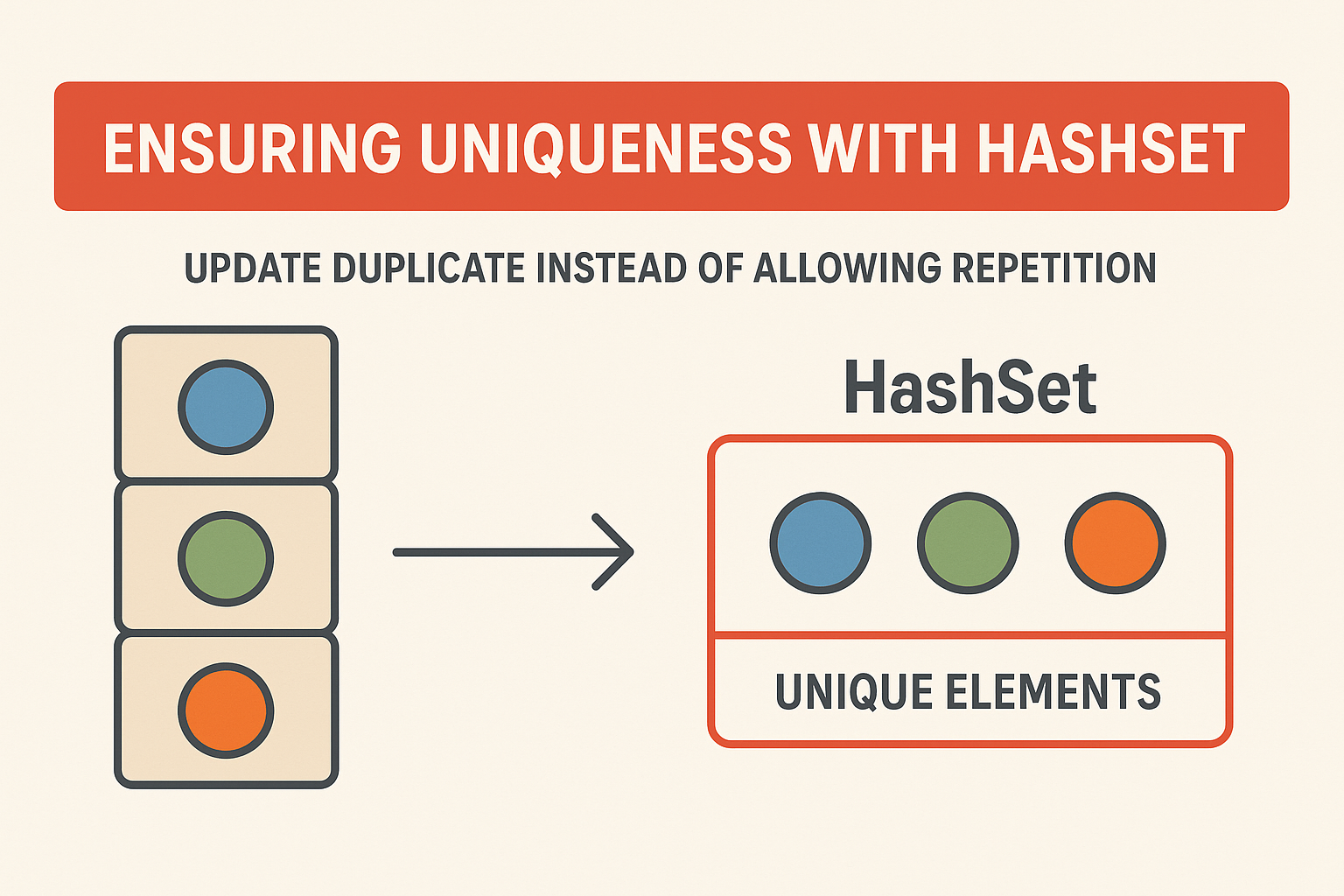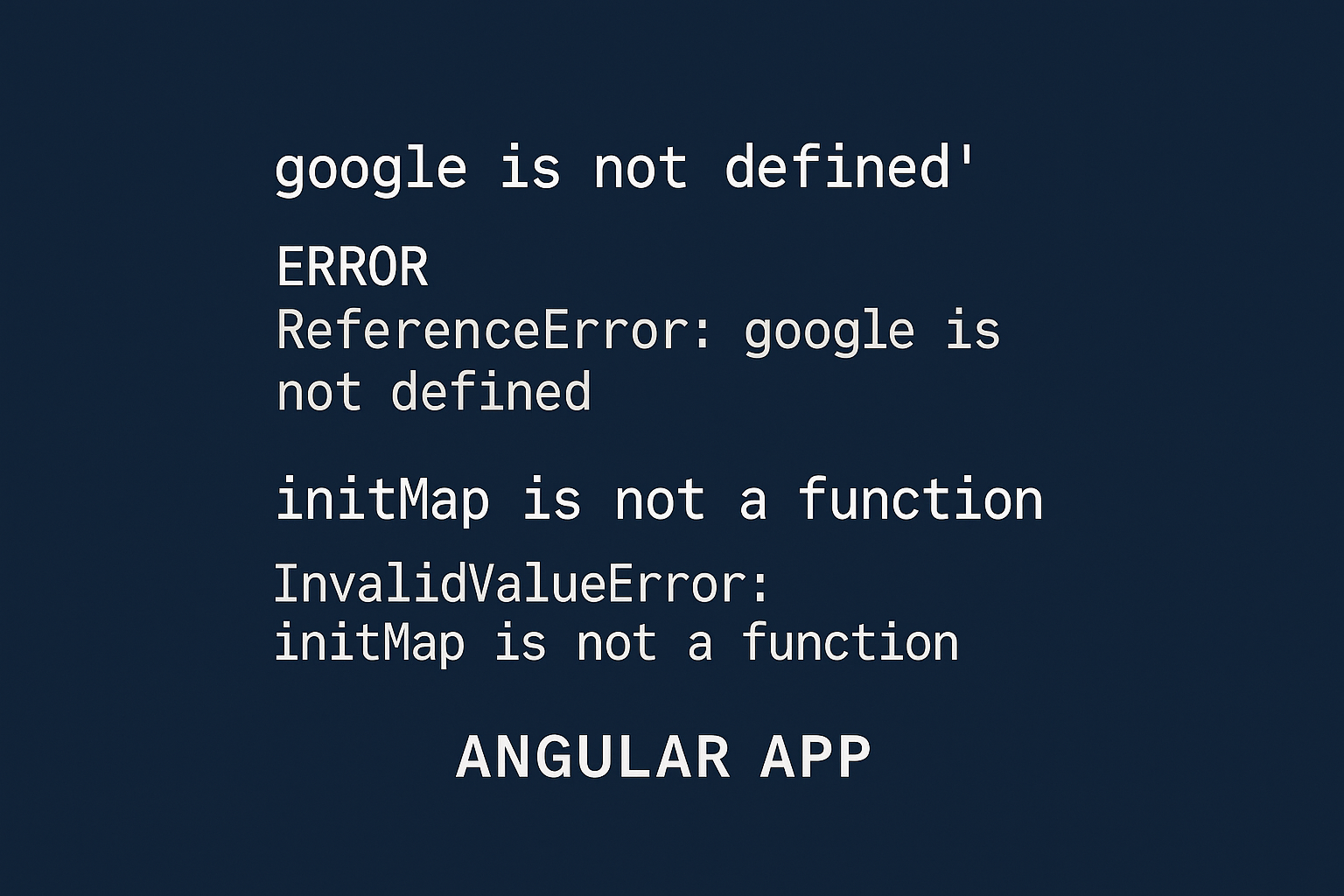Postfix is a popular open-source mail transfer agent (MTA) used to route and deliver emails. However, there may be cases where you need to prevent your Postfix server from sending emails to specific domains. This is especially useful for avoiding accidental emails to unwanted domains, preventing data leaks, or complying with security policies.
In this guide, we will walk through configuring Postfix to block outgoing emails to certain domains using recipient access restrictions.
Why Block Outgoing Emails to Certain Domains?
There are several reasons why you may want to prevent your Postfix server from sending emails to certain domains:
- Prevent accidental emails to unintended recipients.
- Comply with company policies restricting email communication with certain domains.
- Avoid spam complaints by ensuring emails do not reach blacklisted or untrusted domains.
- Enhance security by preventing emails from being sent to known phishing or malicious domains.
Steps to Block Outgoing Emails to Specific Domains in Postfix
Step 1: Create or Update the Recipient Access File
Postfix allows domain-based recipient restrictions using the check_recipient_access directive. To configure this, create or edit a recipient access file in /etc/postfix/recipient_access:
sudo nano /etc/postfix/recipient_access
Add the domains you want to block using the following format:
remotedomain.com REJECT
anotherdomain.com REJECT
The REJECT action ensures that emails sent to these domains will be blocked by Postfix.
Step 2: Apply Changes Using postmap
Once the recipient_access file has been modified, you must compile it into a database format recognized by Postfix:
sudo postmap /etc/postfix/recipient_access
This command creates a corresponding recipient_access.db file, which Postfix will use for recipient filtering.
Step 3: Modify the Postfix Configuration (main.cf)
Now, you need to instruct Postfix to use this file for recipient access restrictions. Open the Postfix main configuration file:
sudo nano /etc/postfix/main.cf
Find the smtpd_recipient_restrictions section and modify it as follows:
smtpd_recipient_restrictions =
permit_mynetworks,
permit_sasl_authenticated,
check_recipient_access hash:/etc/postfix/recipient_access,
reject_unauth_destination
This configuration ensures that:
- Emails from trusted networks and authenticated users are permitted.
- Emails sent to domains listed in
recipient_accessare rejected. - Other unauthorized emails are also rejected.
Step 4: Reload Postfix to Apply Changes
After making these changes, restart Postfix to apply the new configuration:
sudo systemctl reload postfix
Step 5: Test the Configuration
To verify that emails to the blocked domains are being rejected, try sending an email to one of the restricted domains using telnet or an email client. If everything is set up correctly, you should receive an error message indicating that the email has been rejected.
Alternative Methods
Using header_checks
If you want more granular control over outgoing emails, you can use header_checks to filter specific email headers (e.g., To: field) and reject messages accordingly.
- Edit the
header_checksfile:sudo nano /etc/postfix/header_checks - Add rules to block outgoing emails to specific domains:
/^To:.*@remotedomain\.com/ REJECT /^To:.*@anotherdomain\.com/ REJECT - Convert the file into a Postfix-readable format:
sudo postmap /etc/postfix/header_checks - Update
main.cfto use theheader_checksfile:header_checks = regexp:/etc/postfix/header_checks - Reload Postfix:
sudo systemctl reload postfix
Conclusion
Blocking outgoing emails to specific domains in Postfix is a straightforward process that can prevent accidental emails, enforce company policies, and enhance email security. By using check_recipient_access, you can easily manage domain-based restrictions and ensure compliance with your email policies.
Implementing this configuration ensures that your Postfix server does not send unwanted emails, providing greater control over your email system. If you need further refinements, additional Postfix features such as header_checks can offer more flexibility in filtering outgoing messages.
By following this guide, you can effectively safeguard your email communication and prevent unauthorized messages from being sent to restricted domains.



